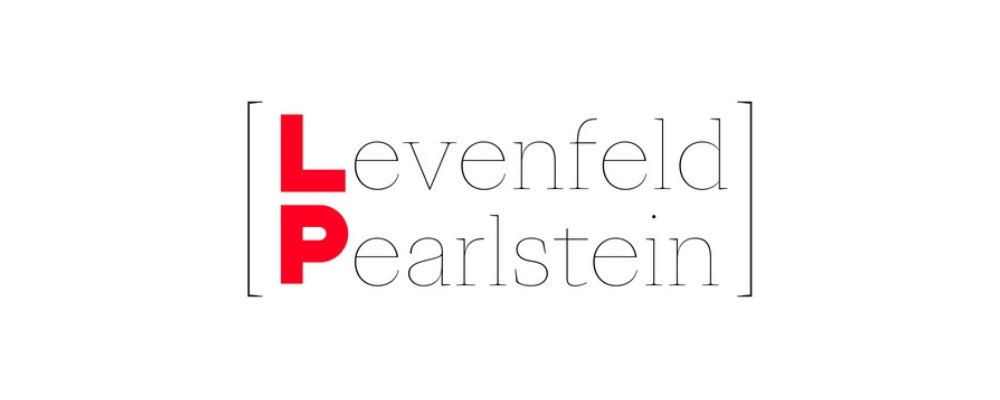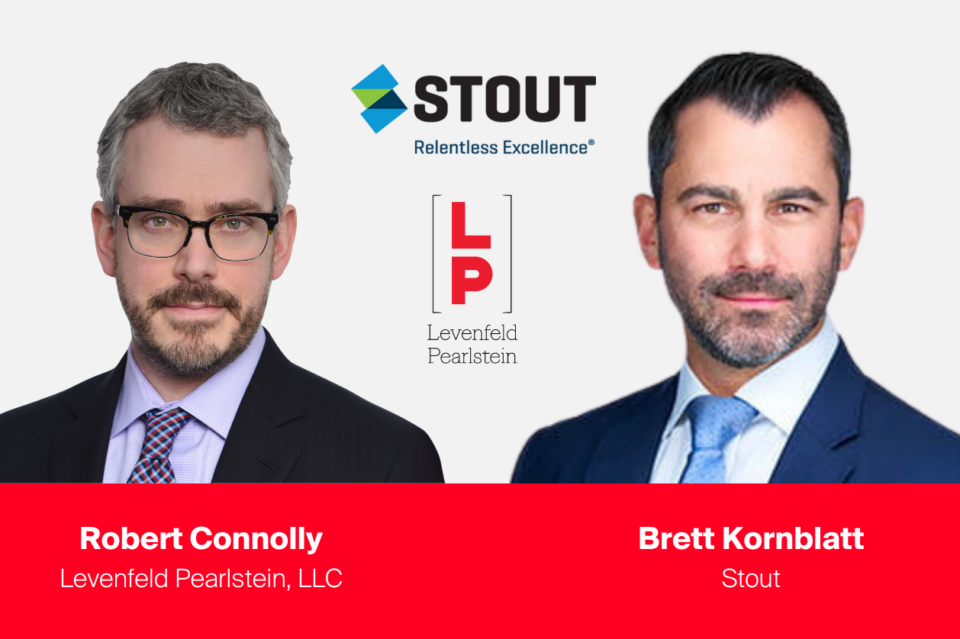
To help businesses, investors, and deal professionals better understand the evolving M&A market, Robert Connolly – a partner in and leader of LP’s Corporate Practice Group – shares a series of conversations with M&A experts.
Below is his conversation with Brett Kornblatt, who is Managing Director of Industrials-Packaging at Stout, a global advisory firm that specializes in corporate finance, accounting and transaction advisory, valuation, financial disputes, claims, and investigations. Brett shares insights on the state of the M&A activity, especially in the packaging and industrial industries.
Brett has over 15 years of experience advising clients on a range of M&A, strategic advisory, and capital-raising transactions. He has completed numerous transactions for private equity-owned portfolio companies, public corporations, and founder-owned businesses, focusing on the packaging sector.
The responses below have been edited slightly for brevity and clarity.
Market Overview
How would you describe the current state of the lower middle market M&A environment?
The M&A environment remains in a state of transition. On the one hand, the market is open. Capital is available – albeit more expensive relative to a couple of years ago – buyers express interest in transacting and seek quality acquisition opportunities. We see that in activity from sponsors, as there has been a lot of participation in auctions.
On the other hand, many sellers remain on the sidelines due to recent performance challenges. Moreover, the bid-to-ask spread remains. There is still a gap, although we think that gap is shrinking. Frankly, I think the most significant factor right now is that buyers’ appetite for risk is fairly low, despite the desire to put money to work.
In terms of risk, what are some areas where buyers are most sensitive?
Some concerns are company-specific. Company performance has remained challenged for many industrial and packaging businesses. Many companies saw material volume growth, followed by a run-up in pricing once the impact of inflation started to pass through. Following the post-pandemic volumetric boom, we saw a corresponding down cycle – often referred to as “Supply chain destocking”. The rebound from those lows has dragged on longer than expected but has begun to show signs of stabilization in 2024. Folks are looking for a more consistent growth profile to provide a path forward.
Aside from company-specific concerns, interest rates, geopolitical conflict, and the upcoming election are three of the biggest concerns. There’s a lot of uncertainty out there, and people are waiting to see what happens.
Deal Activity
What sectors or industries are currently seeing the most M&A activity in the lower middle market?
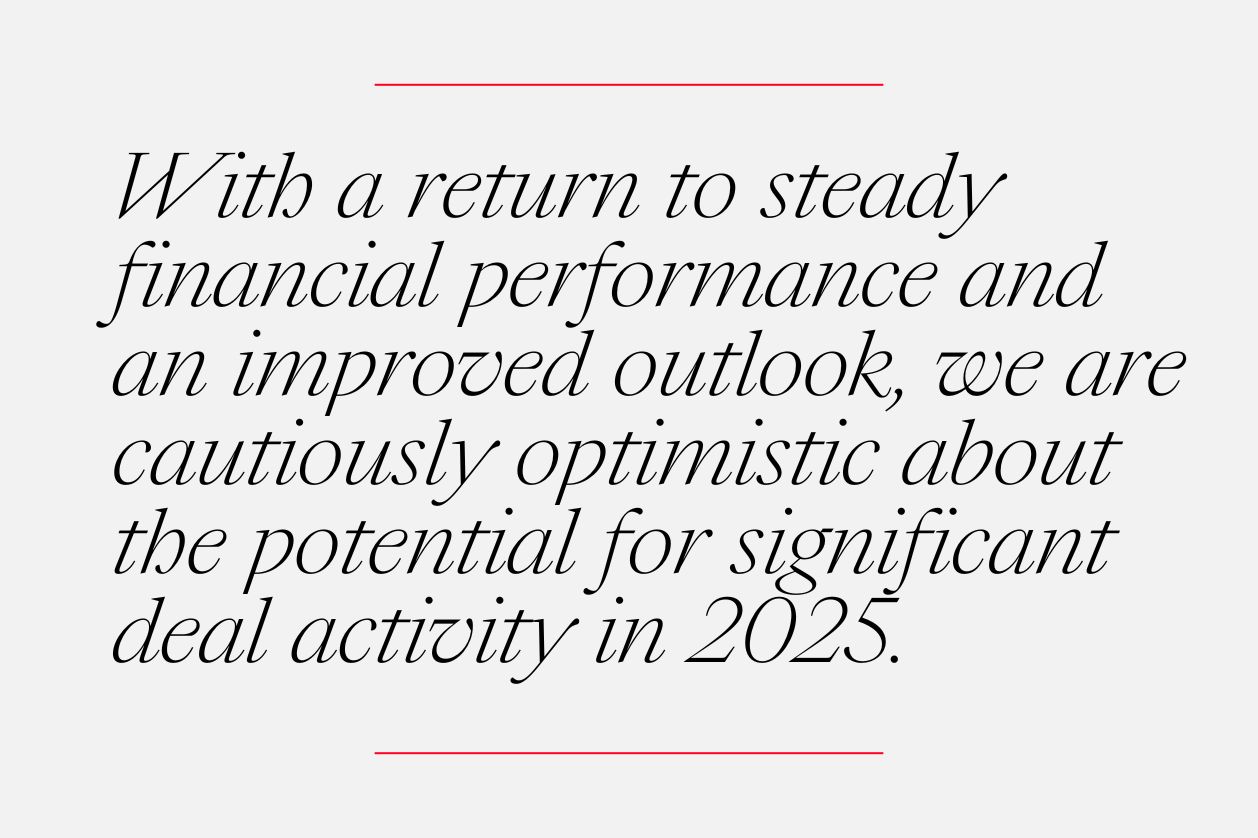
I focus primarily on packaging. From that standpoint, deal activity remains muted. There certainly are deals out there, but volume remains depressed relative to the heightened levels of 2021 and early 2022. Additionally, deals in the market are taking longer to get across the finish line. Some of that has to do with the perceptions regarding performance and risk that I previously mentioned. Finally, a high percentage of launched deals over the last 12 – 18 months have not advanced to close. This all suggests that a material backlog in transactions has slowly been building; with a return to steady financial performance and an improved outlook, we are cautiously optimistic about the potential for significant deal activity in 2025.
Valuations and Pricing
How are valuations trending in the lower middle market?
Valuations are down. At the end of the day, it’s math. The cost of financing is up, and it will remain high relative to recent years when money had been cheap. On top of that, a heightened perception of risk impacts an investor’s view on a company’s outlook, which impacts valuation. Based on what we have seen so far, data suggests a reduction to multiples relative to the euphoria of 2021 and early 2022; I expect to see more data points along these lines as activity picks up over the next couple of years.
Financing and Capital Availability
What’s the current state of financing for lower middle market deals?
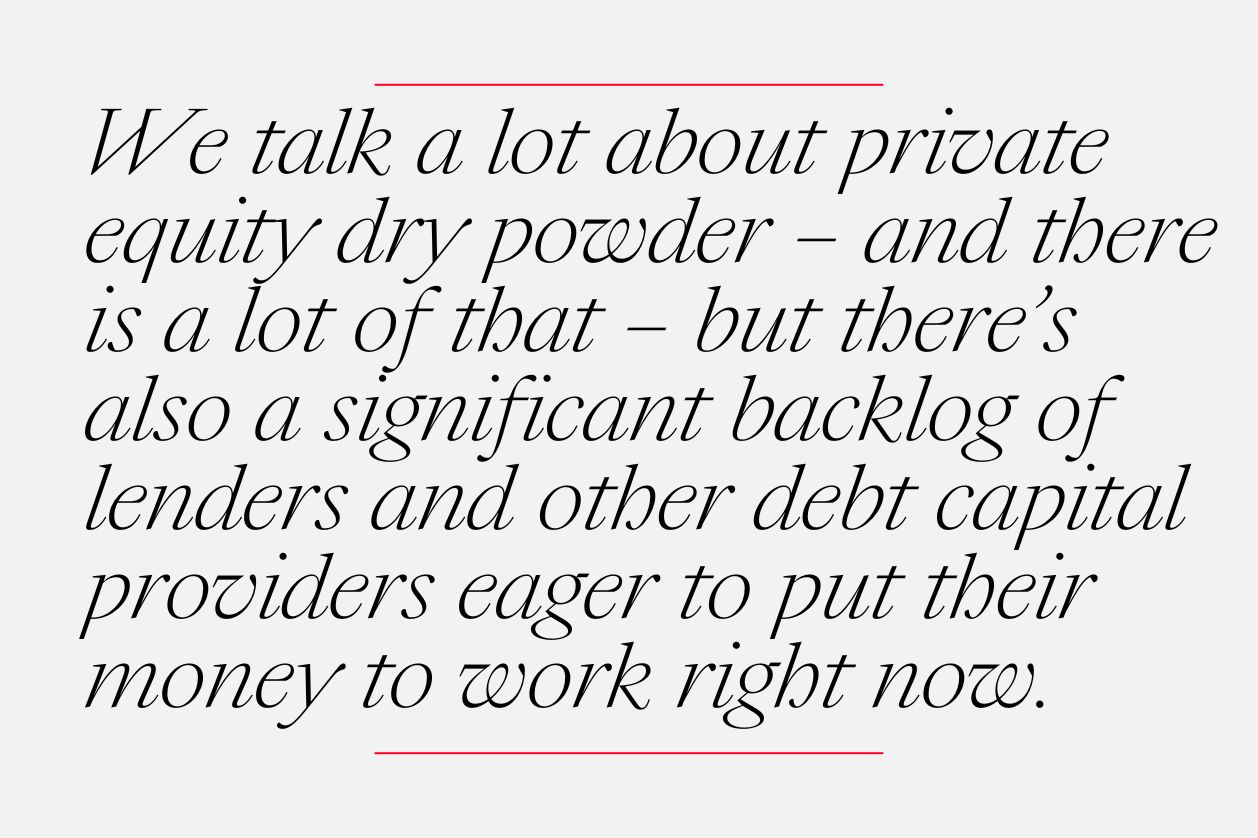
The financing environment is as supportive as it’s been for the past few years, when we saw the beginning of inflation and rising rates in 2021 and early/mid-2022. We talk a lot about private equity dry powder – and there is a lot of that – but there’s also a significant backlog of lenders and other debt capital providers eager to put their money to work right now. They want to do more M&A financing and, in the absence of M&A activity, are proactively seeking other opportunities to deploy their capital, such as recapitalizing existing portfolio companies.
Challenges and Risks
What are the main challenges facing lower middle market M&A transactions today?
Company performance remains one of the biggest challenges. 2023 was a challenging year for many of our clients in the packaging industry and across the broader industrials universe. The end of 2023 and early 2024 saw some recovery in volume, but the recovery remains slow and inconsistent. Monthly trends are choppy; target companies and prospective buyers are having difficulty underwriting a return to normalcy. That said, there is hope that the second half of 2024 will see companies return to a more consistent growth profile and put a more difficult 2023 behind them. If that happens, we would expect a more active M&A market in 2025.
Buyer and Seller Dynamics
Who are the primary buyers in the lower middle market today (e.g., private equity, strategic buyers)?
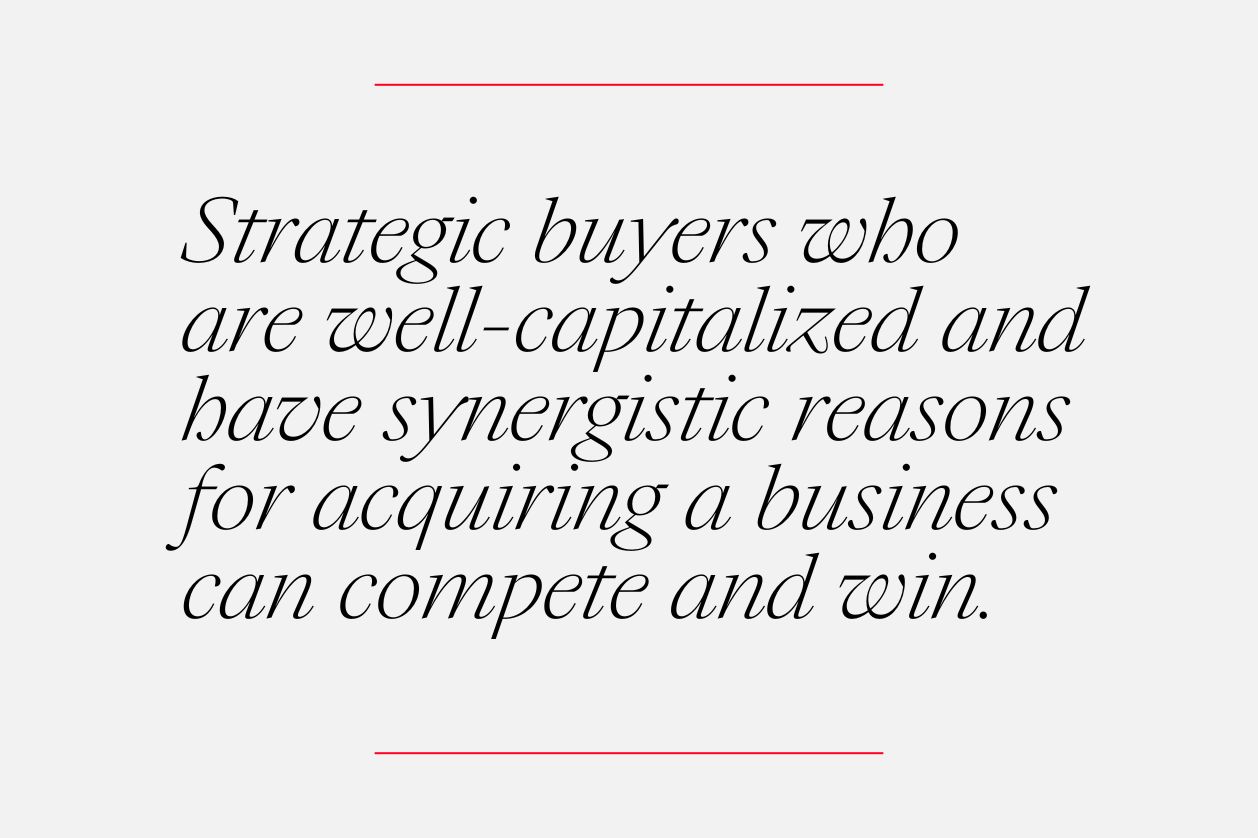
In 2021, the model we all learned in business school – that synergistic strategics will pay the highest price – was inverted due to the abundance of ultra-low-cost capital. Sponsors were levering up and outbidding what would otherwise be obvious strategic acquirers. Once inflation set in and the cost of debt materially increased, sponsors moved to the sidelines, and we saw a return of the true strategic buyer.
We’ve also seen that, with smaller private companies in which private equity might have previously made a platform acquisition, but because the subsequent M&A roll-up strategy became riskier for private equity firms to underwrite, strategic buyers could once again compete in auctions for these assets. We’ve seen a slight return to normalcy from that standpoint. Strategic buyers who are well-capitalized and have synergistic reasons for acquiring a business can compete and win.
How do you see buyer and seller expectations aligning or diverging?
There are still sellers who haven’t gotten the valuation expectations from 2020-2021 out of their heads. So, the bid-ask spread remains, though it’s starting to shrink.
Market Outlook
What impact do you foresee from macroeconomic trends on the lower middle market?
Within packaging, a couple of trends will be important to the re-emergence of M&A activity. One trend that will not be a surprise is sustainability and finding the right opportunities to invest in sustainability. It’s not super straightforward and doesn’t necessarily mean one substrate or format over another, although there will be some substitutions along those lines that do make sense. However, it could also mean finding opportunities to invest in businesses that are achieving sustainability goals in creative ways, such as lightweight packaging or using more recyclable/reusable materials.
Second, there is the impact of inflation. Even if inflation on a year-over-year basis is down, that doesn’t mean consumer sentiment changes suddenly – the basket of goods remains that much more expensive. There’s been a sizeable trade-down effect – where consumers shift from brand names to private labels or from fast casual to fast food – and this impacts both the type and quantum of packaging demanded. This is still going to play out and benefit companies that are levered down to some of those segments, such as private label. There also remains a high level of risk on absolute demand levels – the more inflation saps the purchasing power of the consumer, or impacts the cost base of a business, the more impact we see on demand for product, which trickles down to the amount of packaging produced and consumed.
Finally, packaging has always been an extension of a brand to some degree, but that’s become more important than ever, particularly as more consumers are buying things via the e-commerce channel. It’s not just about a brand in the store now; it’s about what it looks like when it shows up at your doorstep when you’re unboxing. Packaging manufacturers are becoming more creative around package delivery and the brand experience not just in the store, but at the home front. Companies that are ahead of that curve and figuring that out will ultimately be more valuable in the long run.
For more information on Brett Kornblatt, view his bio. For more information Stout, visit their website.
Interested in participating in a future interview series? Please contact Robert Connolly at rconnolly@lplegal.com.
Formed in 1999, Levenfeld Pearlstein was born of the desire to create a different kind of law firm – one that prioritizes collaborative relationships built on trust. We continue to be guided by this principle as we strive to provide exceptional legal counsel and an unparalleled client experience.
Please visit the firm link to site



